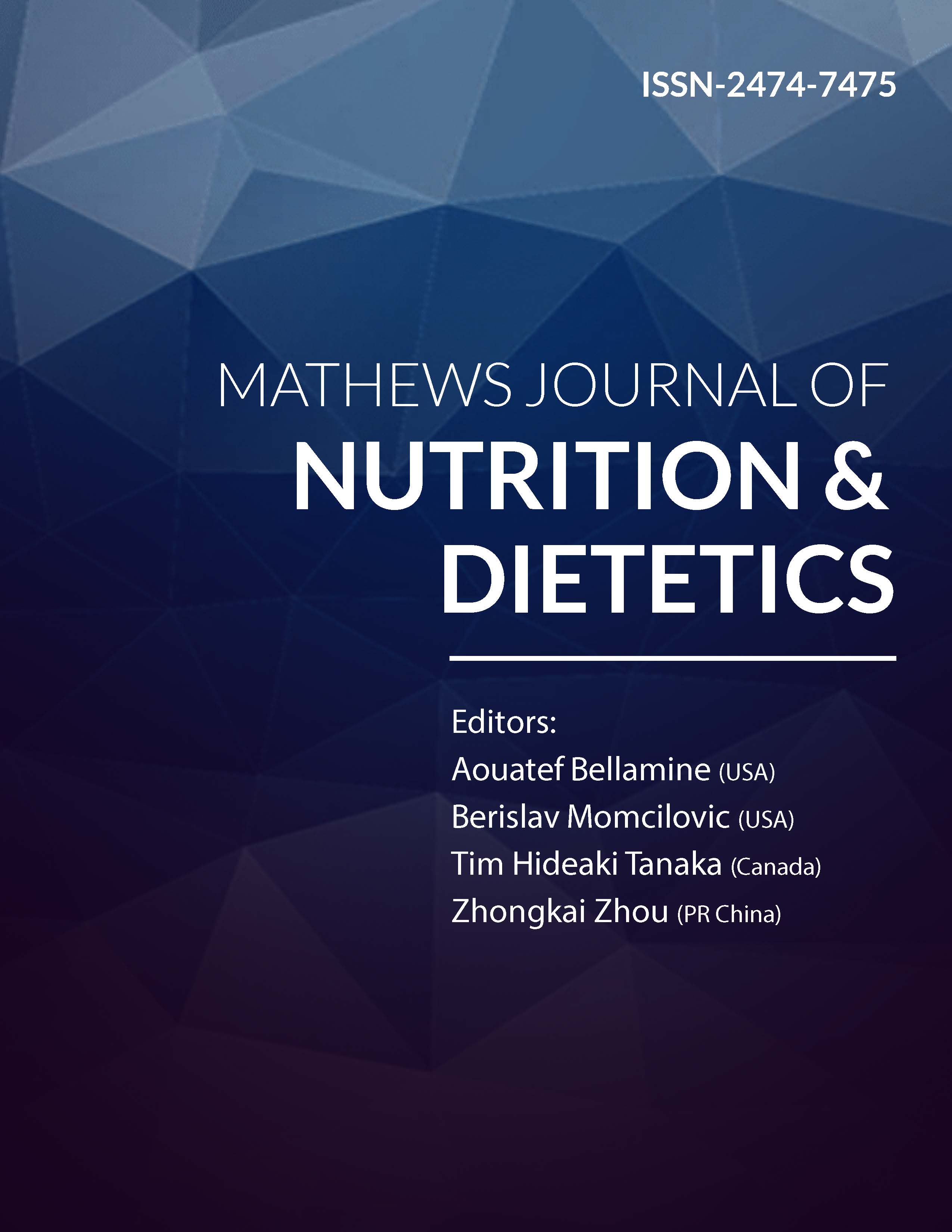
Information Links
Previous Issues Volume 1, Issue 2 - 2016
Human Hair as a Long Term Biological Indicator for Assessing Strontium Nutritional Status
Berislav Momcilovic1, Juraj Prejac2, Andrey Anatolyevic Skalny3, Ninoslav Mimica4
1Institute for Research and Development of the Sustainable Ecosystems (IRES), Srebrnjak 59, 10000 Zagreb, Croatia.
2University Hospital Centre Zagreb, Department of Oncology, Kispaticeva 12, HR-10000 Zagreb, Croatia.
3ANO Center for Biotic Medicine, Zemlyanoi val 46-48, 103604 Moscow, Russia.
4University Psychiatric Hospital Vrapce, School of Medicine, University of Zagreb Bolnicka cesta 32, HR-10090 Zagreb, Croatia.
Corresponding Author:Berislav Momcilovic, Institute for Research and Development of the Sustainable Ecosystems, (IRES) Srebrnjak 59, 10000 Zagreb, Croatia,Tel: +385 1 2430288; E-Mail:[email protected]
Received Date: 07 Jul 2016
Accepted Date: 19 Aug 2016
Published Date: 29 Aug 2016
Copyright © 2016 Momcilovic B
Citation:Momcilovic B, Prejac J, Skalny AA and Mimica N. (2016). Human Hair as a Long Term Biological Indicator for Assessing Strontium Nutritional Status. Mathews J Nutr Diet. 1(2): 007.
ABSTRACT
Strontium (Sr) is a bone seeking trace element that closely parallels calcium metabolism. At the present, there is no available long-term biological indicator for assessing the human Sr nutritional status. In this article, we have presented a novel concept on how to assess the human strontium nutritional status by studying its frequency distribution in the hair and whole blood. In this prospective, observational, cross-sectional, and exploratory epidemiological study, we analyzed hair Sr (SrH) in 311 apparently healthy adult Croatians (123 men, 188 women); among them, whole blood strontium (SrWB) was detected in 142 women and 89 men.
Hair and WB samples were analyzed for strontium by the inductively coupled mass plasma spectrometry (ICP MS). The natural frequency distribution of hair strontium obeyed the power law so that the data were analyzed by fitting the logistic bioassay sigmoid curve (ogive) of the median derivatives.
Women have accumulated more SrH than men (median men 0.867 µg-g-1 vs. median women 3.120 µg-g-1). The normal physiological response range covered by the linear part of the sigmoid curve was 0.418 - 2.950 µg-g-1 for men and 0.846 - 7.260 µg-g-1 for women. Values below that linear range were considered to denote low Sr nutritional status, whereas values above that range would indicate excessive dietary strontium exposure. The long term biological indicator of hair strontium (SrH) is incommensurable with that of the short term biological indicator of the whole blood strontium (SrWB). On the average, women have about three times more strontium in their hair than men, regardless of the age. Analysis of the hair strontium frequency distribution is a valuable long term biological indicator in assessing the population strontium nutritional status.
KEYWORDS
Strontium Nutritional Status; Hair; Long Term Biological Indicator; Women; Men; Age.